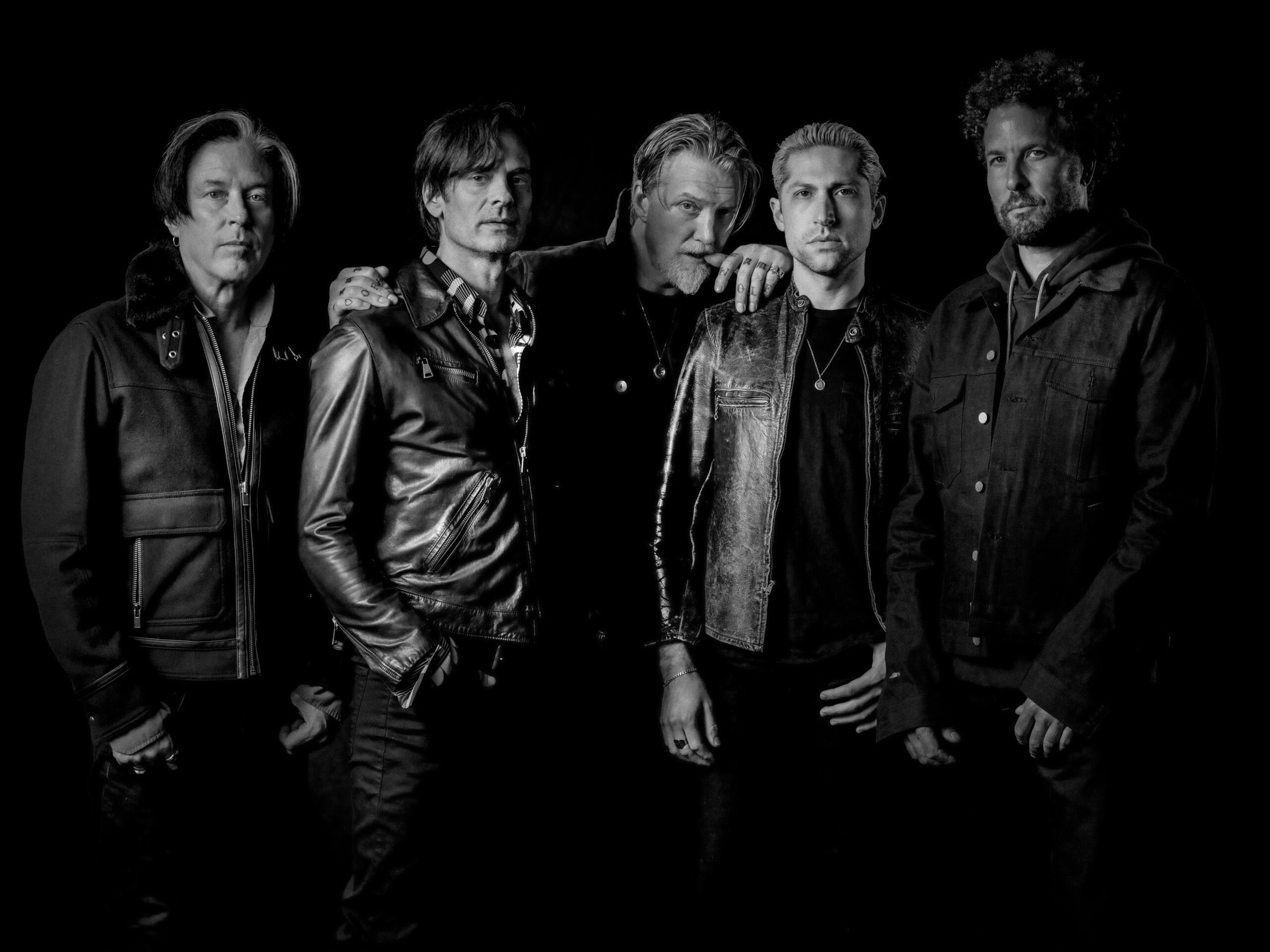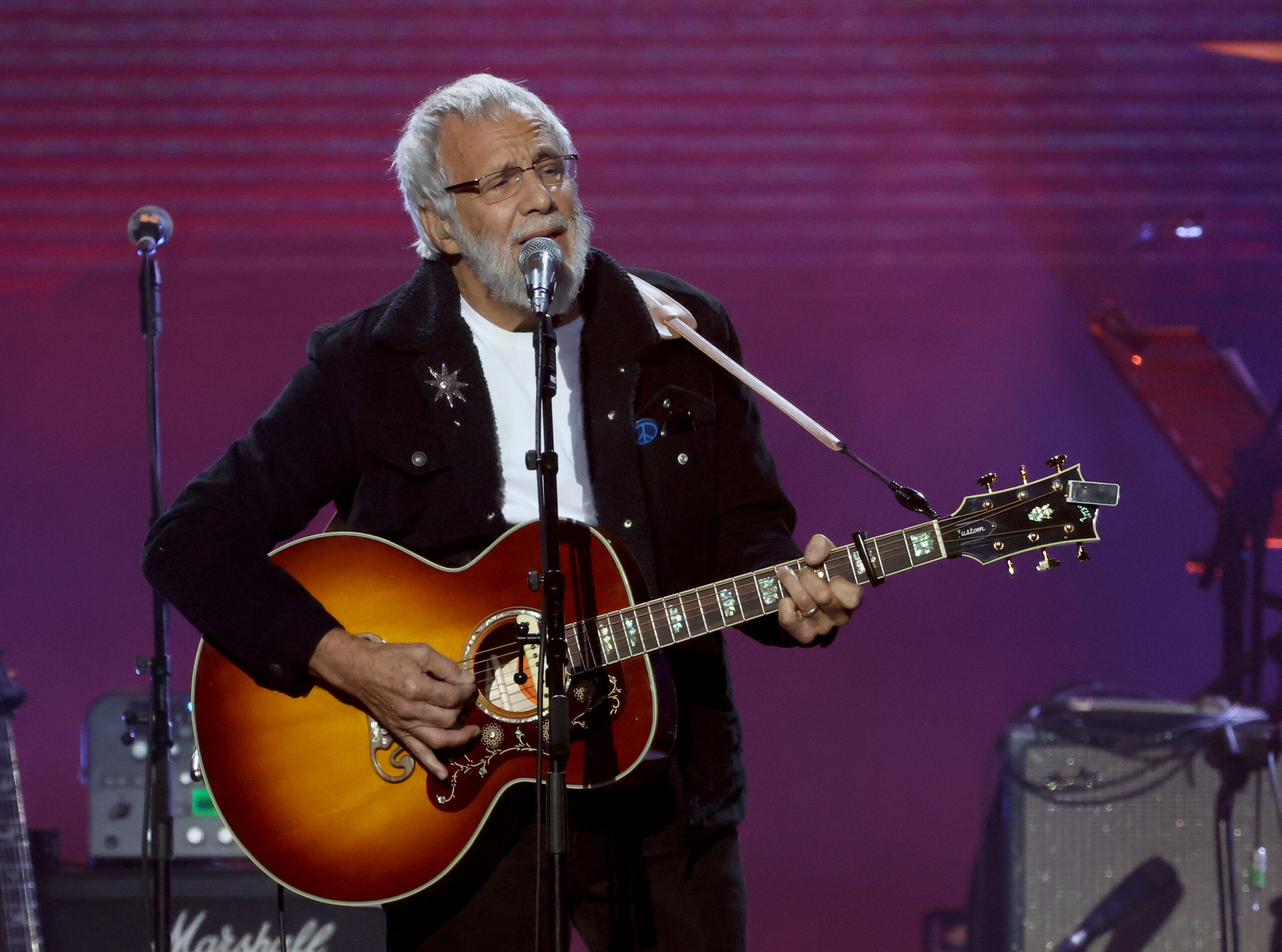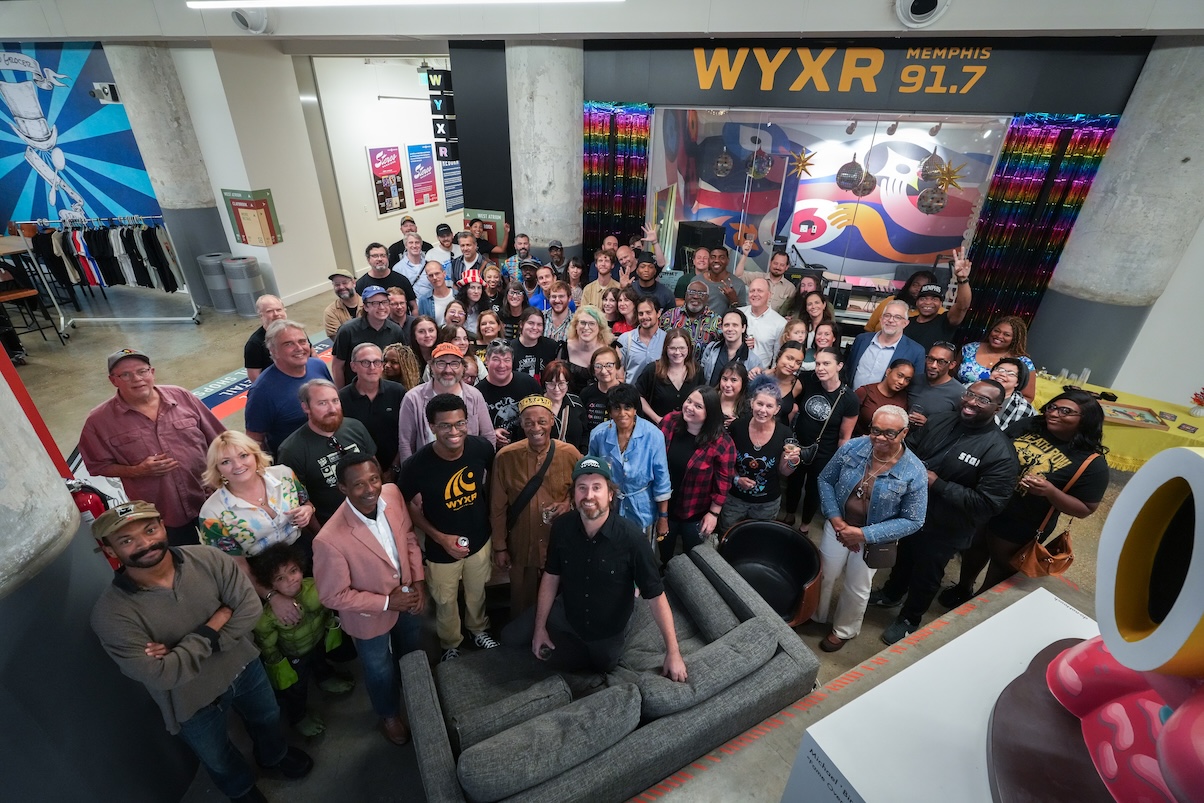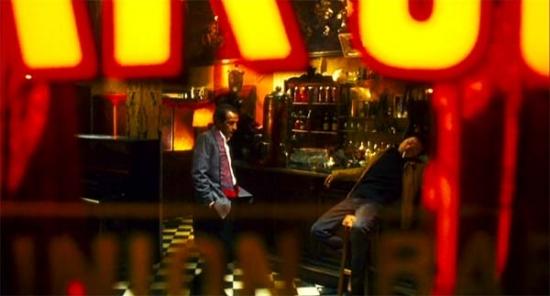Cult Confusion (HAPPY TOGETHER)
From the Chicago Reader (January 23, 1998). Today I would probably rank this movie much higher. — J.R. Happy Together Rating ** Worth seeing Directed and written by Wong Kar-wai With Tony Leung, Leslie Cheung, and Chang Chen. At some point in the mid-90s Wong Kar-wai’s exciting and hyperbolic style lost its moorings. Whether this happened between Days of Being Wild (1990) and Chungking Express (1994), during the two years it took to make Ashes of Time (1994), or between the latter two films and Fallen Angels (1995), Wong’s powerful organic flow, which makes Days of Being Wild his only masterpiece to date, has atrophied into a slag heap of individual set pieces. Many of these set pieces are thrilling enough in their own right. Fallen Angels has plenty of them, spaced out like showstoppers in a vaudeville revue, though their effectiveness tends to diminish, their frenetic intensity ultimately becoming monotonous. Like the mannerist tics comprising Wong’s style — the use of different characters as narrators; the momentary freeze-frames punctuating Christopher Doyle’s slowed, slurred, or speeded-up cinematography; the shifts between color and black and white; and the bumpy transitions between garish forms of lighting and visual texture — his set pieces always provide a lively surface activity. Read more
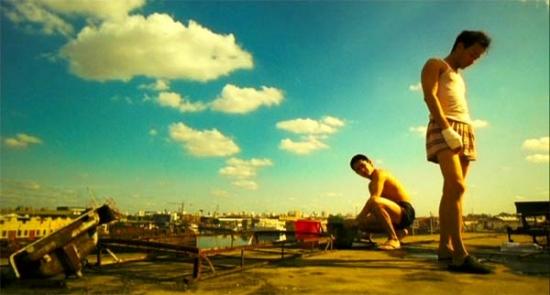
From the Chicago Reader (January 23, 1998). Today I would probably rank this movie much higher. — J.R.
Happy Together
Rating ** Worth seeing
Directed and written by Wong Kar-wai
With Tony Leung, Leslie Cheung, and Chang Chen.
At some point in the mid-90s Wong Kar-wai’s exciting and hyperbolic style lost its moorings. Whether this happened between Days of Being Wild (1990) and Chungking Express (1994), during the two years it took to make Ashes of Time (1994), or between the latter two films and Fallen Angels (1995), Wong’s powerful organic flow, which makes Days of Being Wild his only masterpiece to date, has atrophied into a slag heap of individual set pieces.
Many of these set pieces are thrilling enough in their own right. Fallen Angels has plenty of them, spaced out like showstoppers in a vaudeville revue, though their effectiveness tends to diminish, their frenetic intensity ultimately becoming monotonous. Like the mannerist tics comprising Wong’s style — the use of different characters as narrators; the momentary freeze-frames punctuating Christopher Doyle’s slowed, slurred, or speeded-up cinematography; the shifts between color and black and white; and the bumpy transitions between garish forms of lighting and visual texture — his set pieces always provide a lively surface activity. Read more
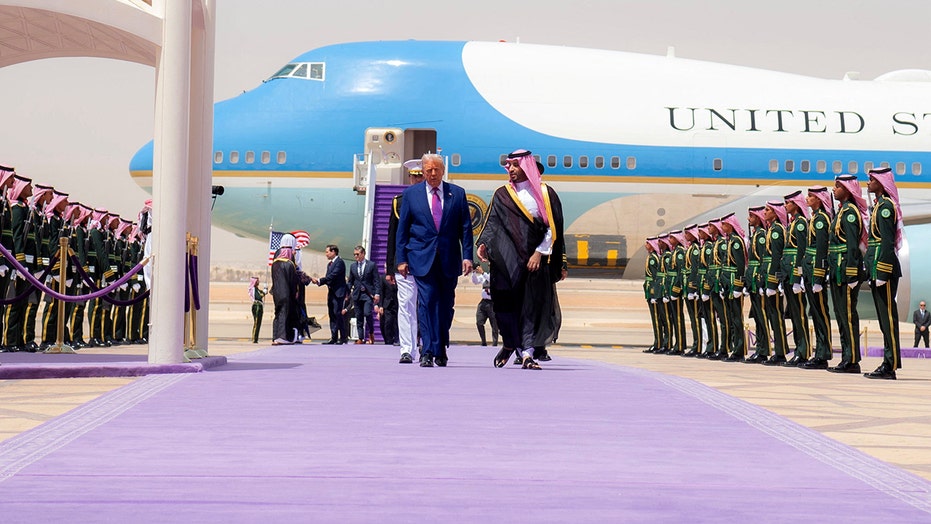
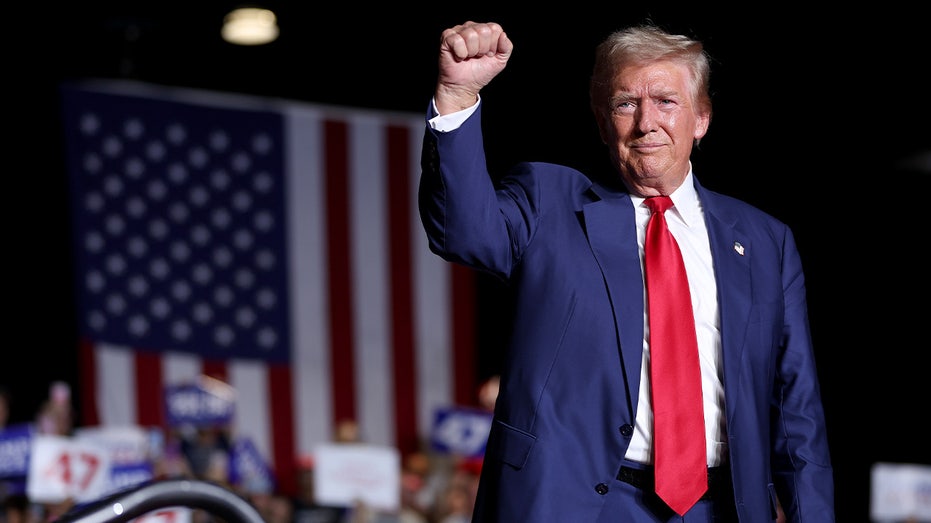
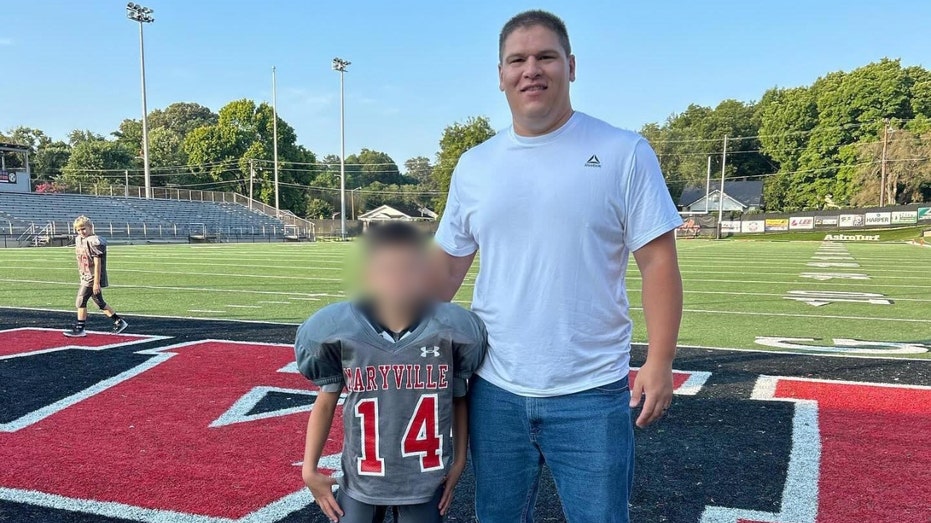
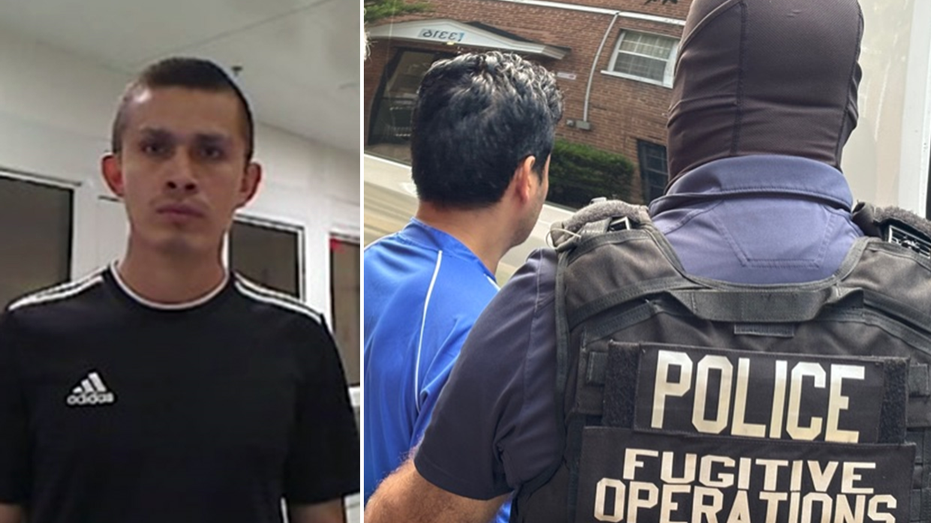
















_ElenaBs_Alamy.jpg?width=1280&auto=webp&quality=80&disable=upscale#)










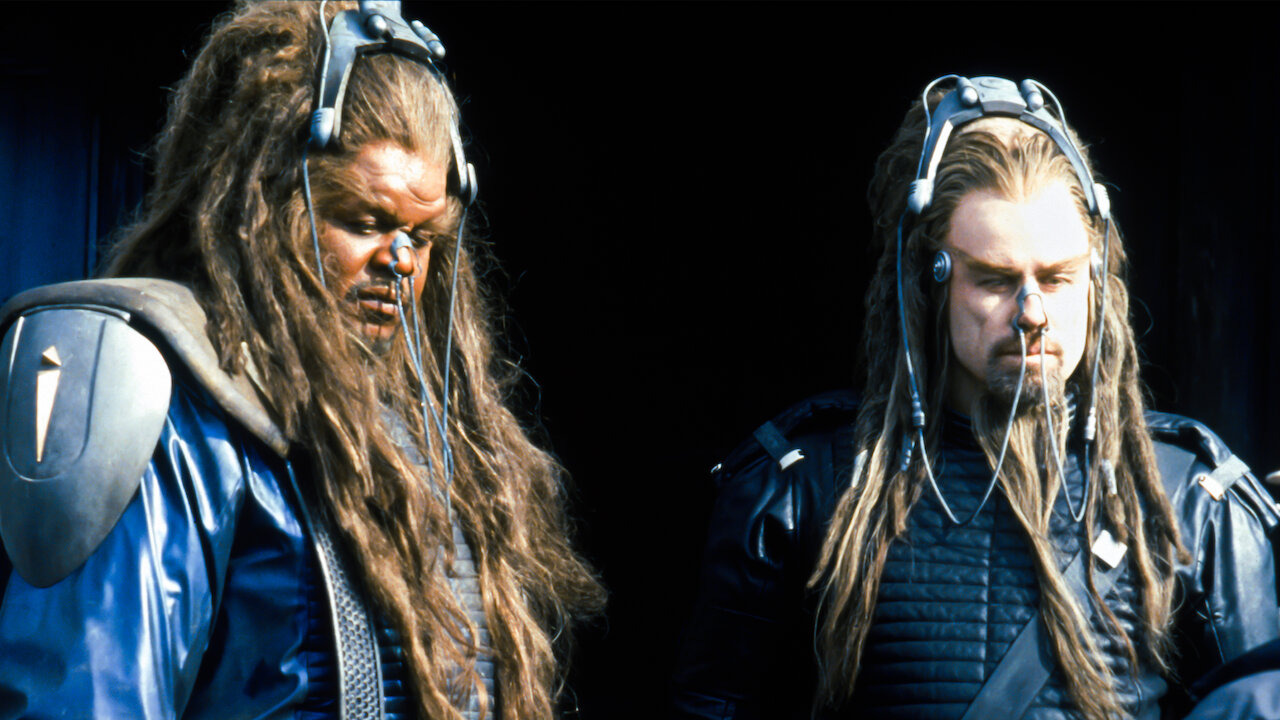

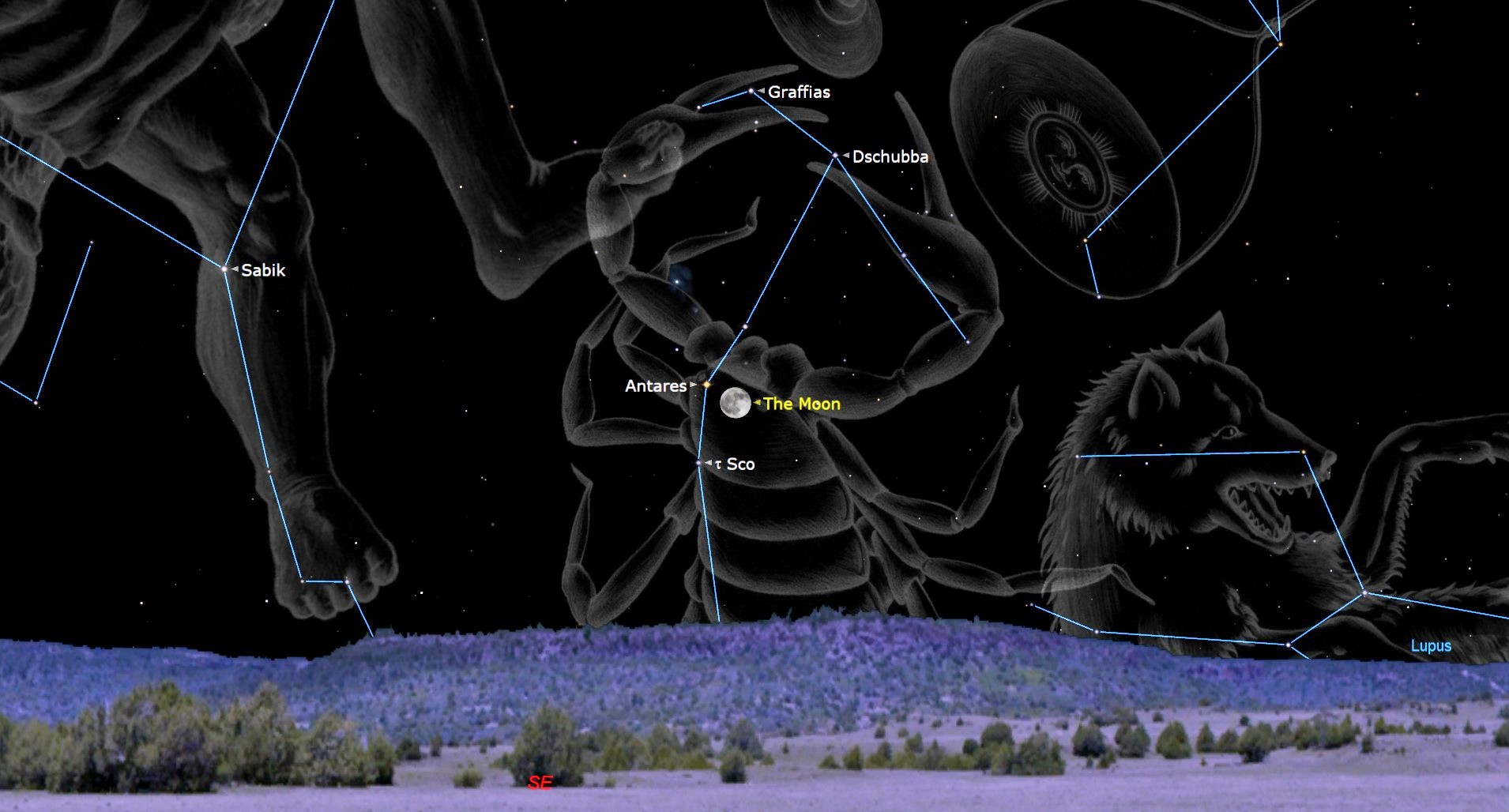
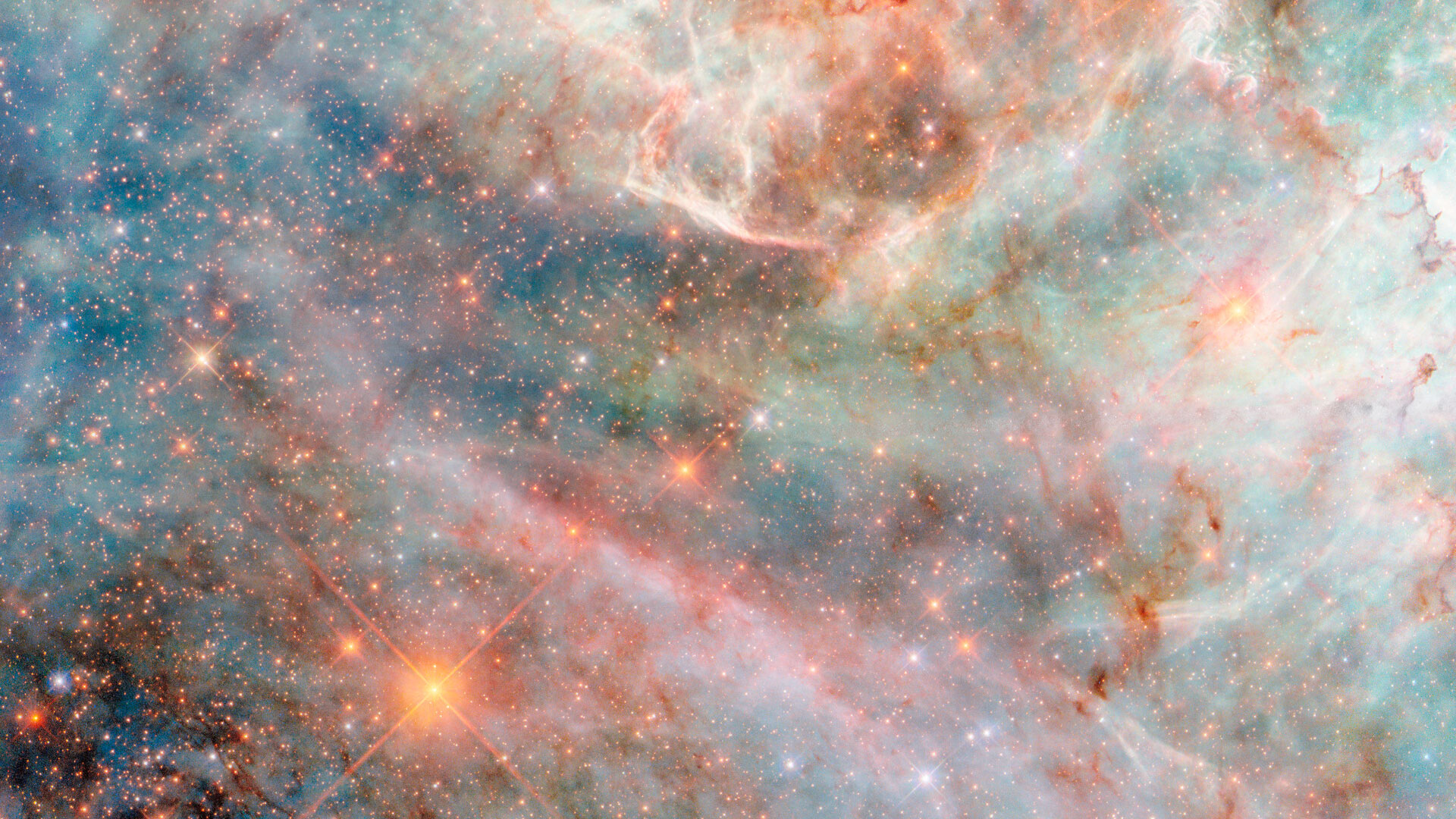





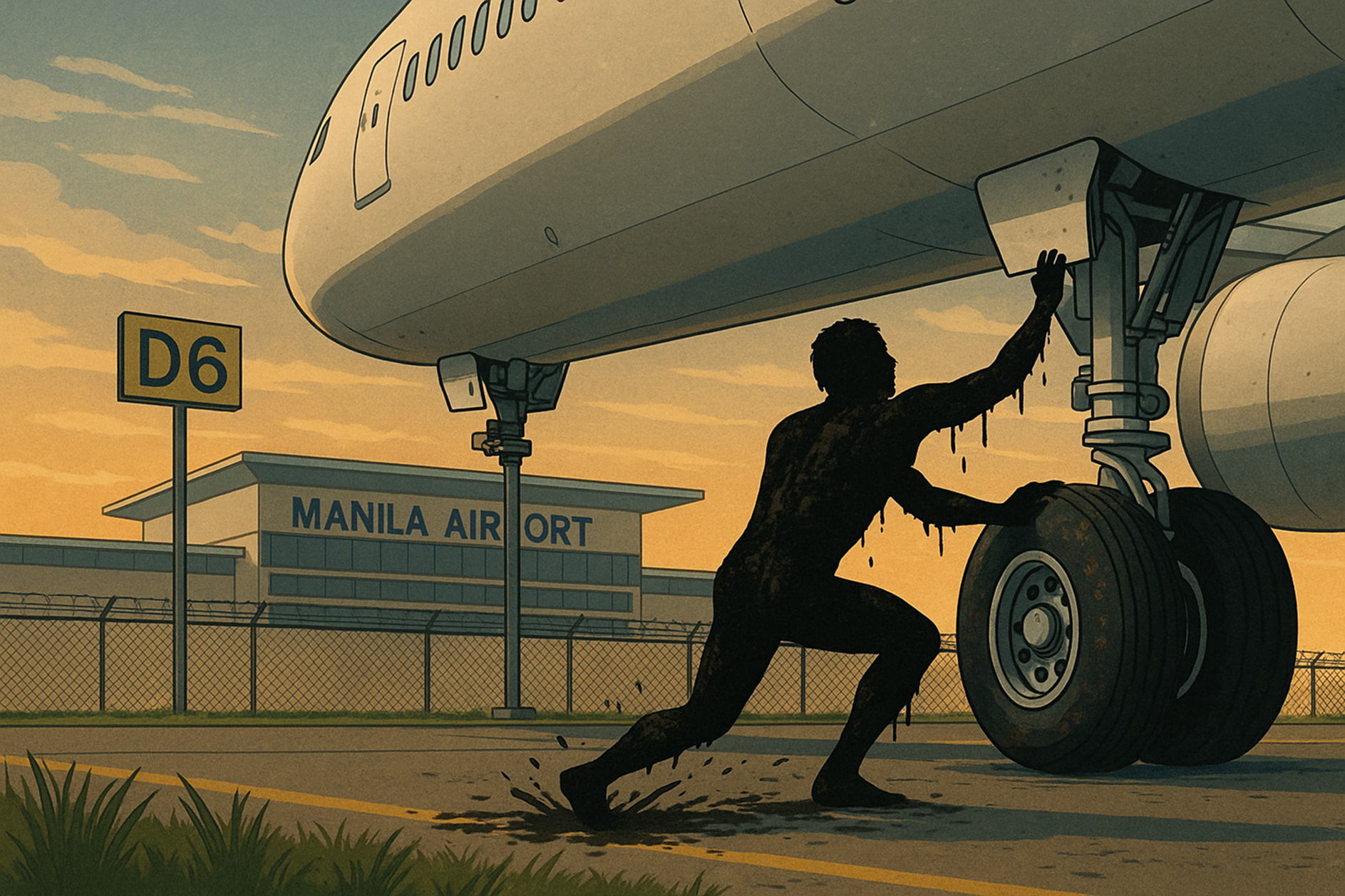
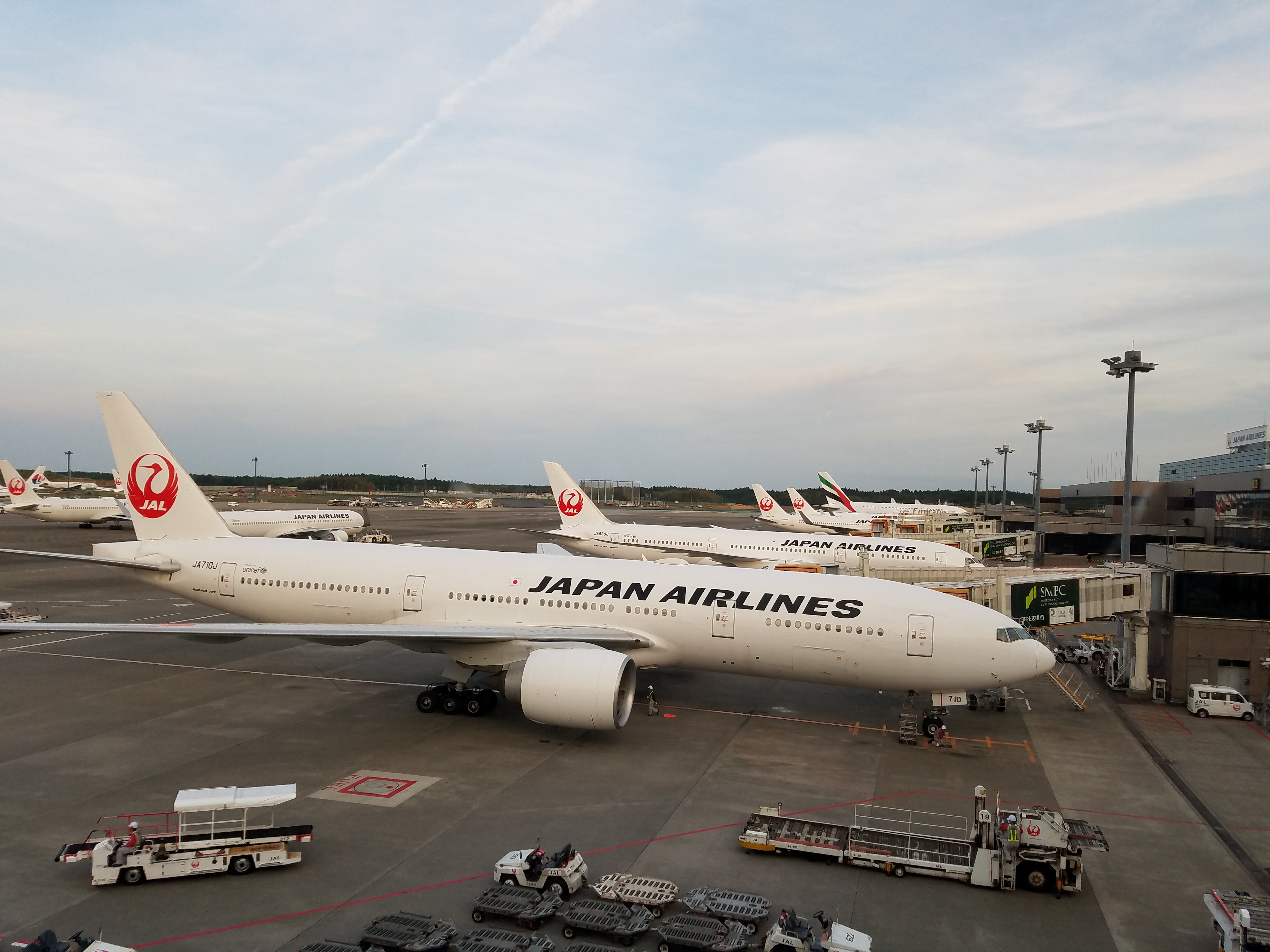
![Bitten By Bed Bugs At Luxor—Rushed To Hospital, All They Did Was Waive Her Resort Fee. Now She’s Suing [Roundup]](https://viewfromthewing.com/wp-content/uploads/2025/05/luxor.jpg?#)












